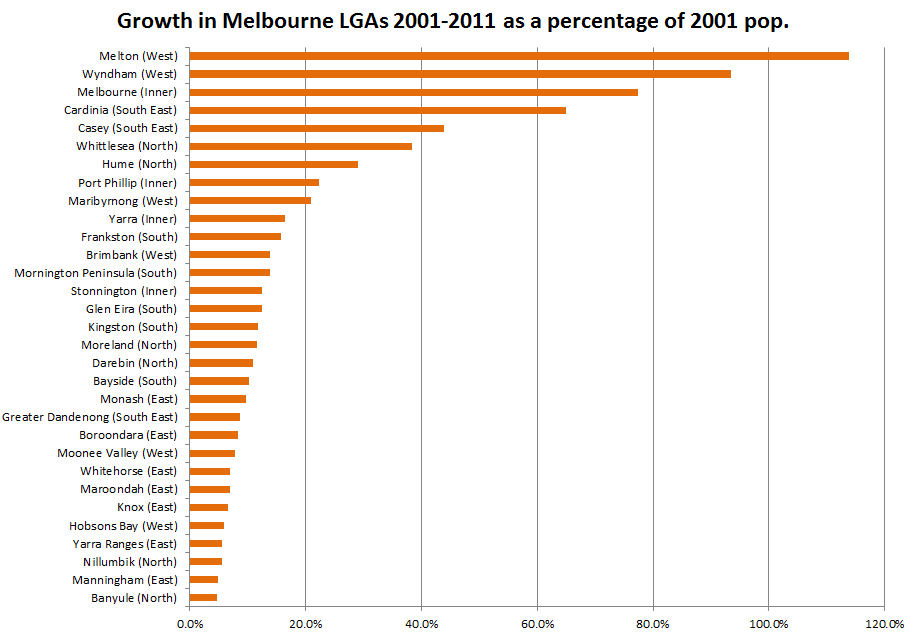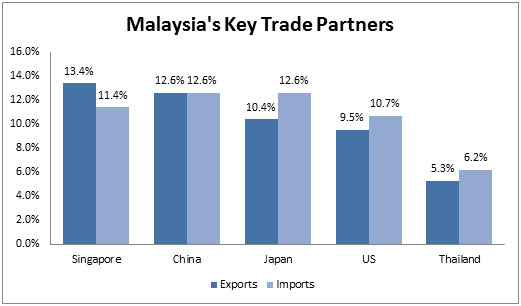The geography of Malaysia deals with the physical and human geography of Malaysia, a country located in Southeast Asia. There are two distinct parts to this country being Peninsular Malaysia to the west and East Malaysia to the east. Peninsular Malaysia is located south of Thailand, north of Singapore and east of the Indonesian island of Sumatra. East Malaysia is located on the island of Borneo and shares borders with Brunei and Indonesia.
Climate
Located near the equator, Malaysia's climate is categorised as equatorial, being hot and humid throughout the year. The average rainfall is 250 centimetres (98 in) a year and the average temperature is 27 °C (80.6 °F). The climates of the Peninsula and the East differ, as the climate on the peninsula is directly affected by wind from the mainland, as opposed to the more maritime weather of the East. Malaysia is exposed to the El Nino effect, which reduces rainfall in the dry season. Climate change is likely to have a significant affect on Malaysia, increasing sea levels and rainfall, increasing flooding risks and leading to large droughts.
Joanne Lim Sze Yee (18) 7 Kappa











